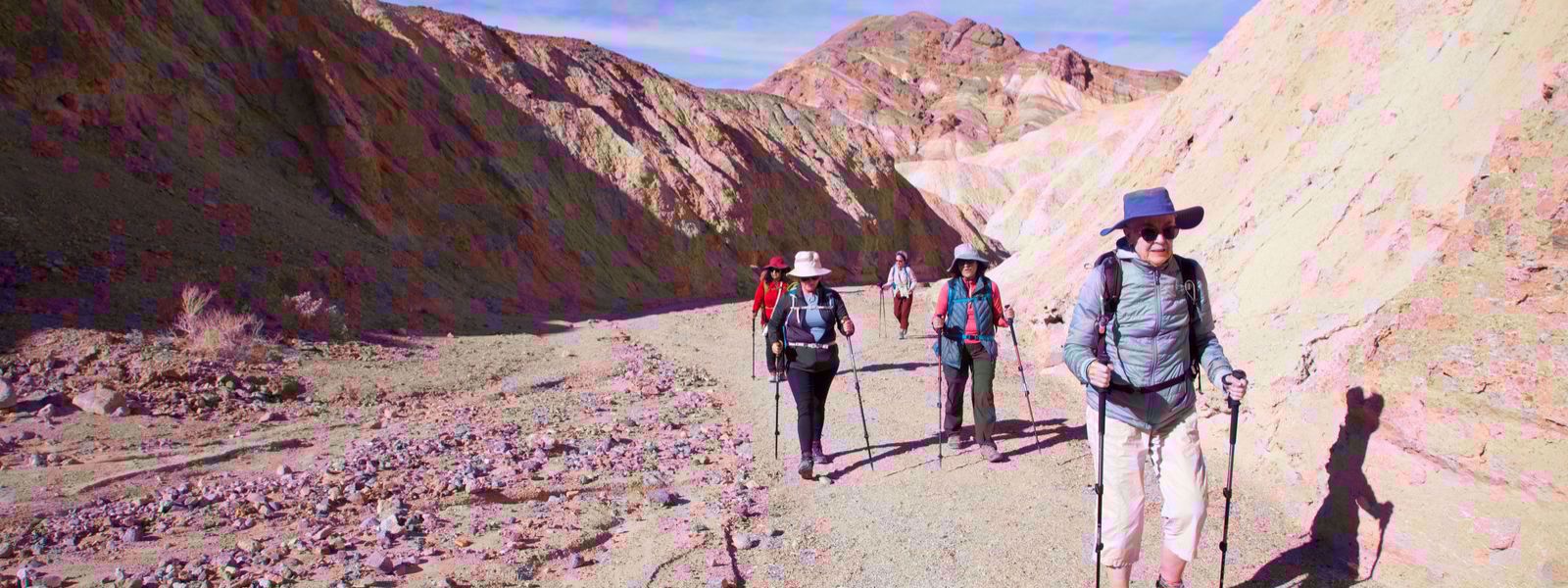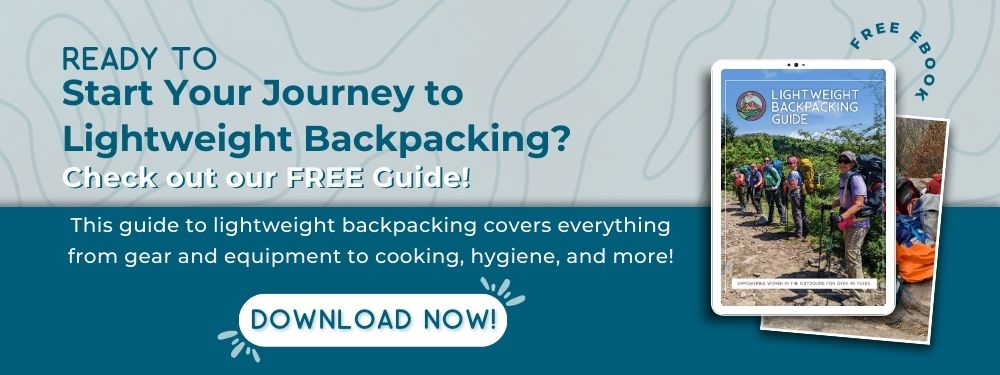Jan Latham is a retired guide whose mission in life is making sure no one goes out on one of her trips with a pack that weighs more than 30 pounds.
I am passionate about lightweight backpacking. Why? It's a lot more fun and certainly less fatiquing to carry 20-30 pounds instead of 40-60. Your back, knees, and feet will be a lot happier. It's safer! By decreasing the weight on your back you decrease your chance of injury. Maybe how heavy a pack I could carry was a point of pride in my twenties, but now it is all about enjoying myself in the wilderness. And while challenge can certainly add to the experience, excessive suffering from a heavy backpack just doesn't have to be one of those challenges.
It's Now Easier than Ever to Travel Light
There is an ever-growing amount of lightweight gear on the market. It tends to be more expensive and durability is an ongoing (but improving) issue, but investing in some of it is necessary if you're going to get the weight down. Nonethless all the tips below won't cost you anything but a bit of time. So here are some tips to help you shed weight. In your backpack, I mean.
The first 2 are about mindset, and they're really the most important.
1. Evaluate each piece of equipment for its weight and usefulness. Using equipment that has more than one use decreases weight and increases usefulness, for example, instead of taking rain gear and a wind jacket , eliminate the wind jacket since the rain gear jacket can be used for rain and for wind.
2. Let go of those 'luxury' items we have become accustomed to having in our everyday life; for example, excessive packaging, creams, and lotions or that extra pair of underwear for 'just in cases'. Make it a fun challenge to see just how much you can get rid of.
3. Check out your clothing---are the tags still attached? Cut them out. How about your equipment---extra cords, tags or hardware that is never used?Get rid of it. Likewise with items such as toothbrushes, yes---I'm going to say it! cut the handle down.
4. Get rid of all packaging on items such as toothpaste. Squeeze amount needed for the time you're going to be out into a small ziplock. The same goes for extra packaging of food items. Be sure to check out those areas that may often go un-noticed such as the cardboard core in the TP you are taking.
5. Wrap about six feet of duct tape on each of your hiking poles or water bottle instead of the cardboard tube it comes with. This allows you to not only save weight on the cardboard tube, but bring only the amount of tape that you need instead of an entire roll!
6. Place medication in a small, labeled ziplock instead of the bottle it comes in; take the cap off the top of the butane canisters if you use cannister fuel.
Make Sure You Know How Much Everything Weighs
7. Buy a postal scale, or a digital food scale. They are inexpensive and can be purchased at your local grocery store, off the internet, at office supply stores or at the post office. They weigh very small amounts down to .001 ounces with the upper end of measured weight at 3.0 pounds. Often the less something weighs the easier for us to rationalize that it won't add anything to our load.
Using a scale defeats this rationalization process by allowing us to see exactly how all of those 'few ounces' do add up to pounds! If you've done everything I suggest, weigh it all and see just how much weight you've saved.
Once you have weighed everything (including the weight of your pack,) tally it up and see what you're left with. If you have a number that is under 30 pounds, congratulations! You are now a lightweight backpacker.





